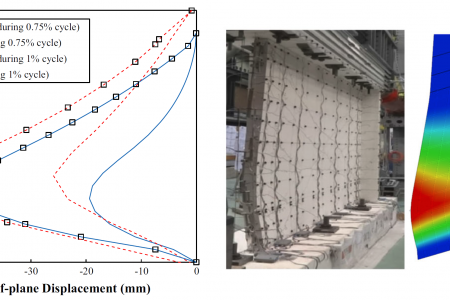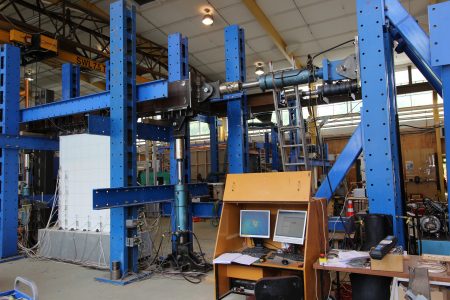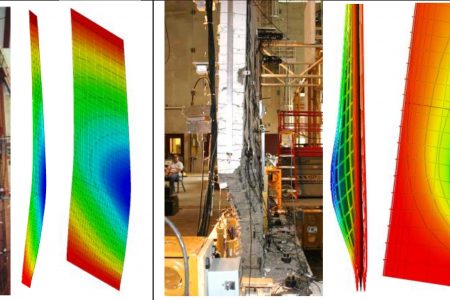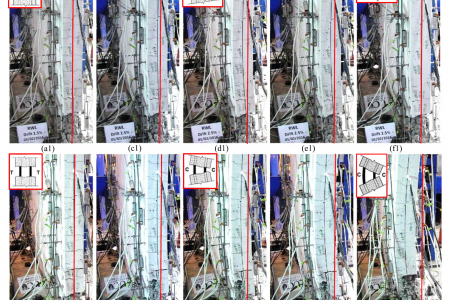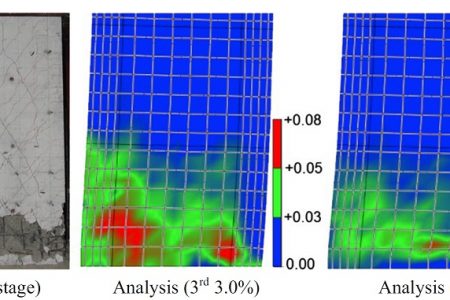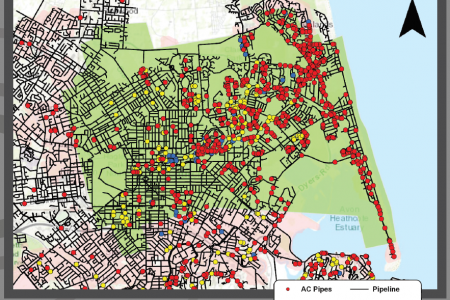
The Christchurch Earthquake Sequence of 2010-2011 caused extreme and widespread damage to the 3 waters pipe network of Christchurch. Most of this damage was caused by liquefaction and lateral spreading. Researchers and practitioners have learnt many lessons in assessing liquefaction damage from these experiences. This report develops tools to assess the potential for pipeline damage based on correlations with liquefaction-induced ground movement and CPT-based liquefaction metrics. The correlations can be used for pre-event estimates as well as post-event rapid triage of pipe damage. Key inputs to the assessment are pre and post-event LiDAR surveys; satellite imagery; CPT-based assessments of liquefaction vulnerability and Peak Ground Velocity (PGV).

